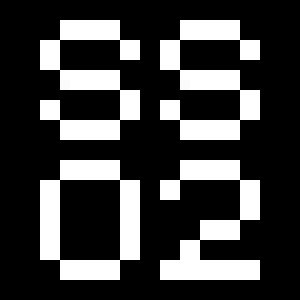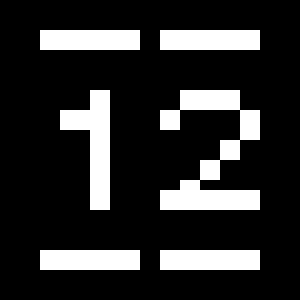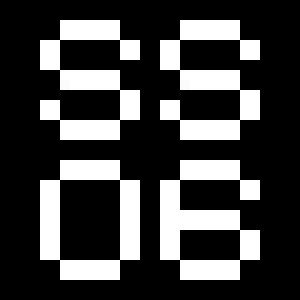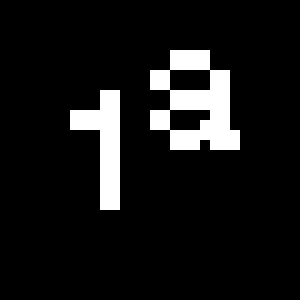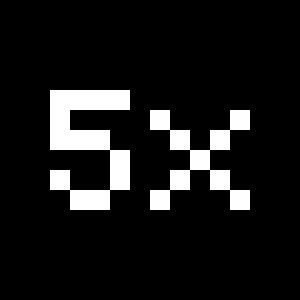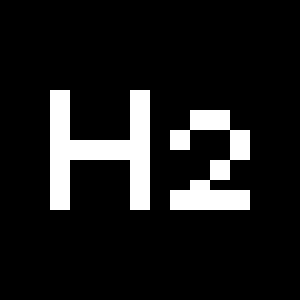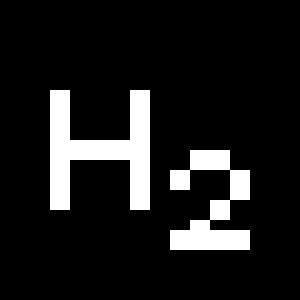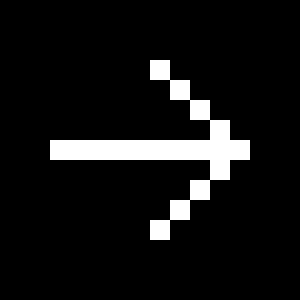Abstrakt Narrow
Abstrakt
OpenType Features
«Optimo»
@|¦()[]{}¿¡‹›«»-–—·
«OPTIMO»
@|¦()[]{}¿¡‹›«»-–—·
information
aàáâãäāăåǻąæǽ
information
aàáâãäāăåǻąæǽ
fi fl
fi fl
0123456789
0123456789
3/4 3/8 5/8 7/8
3/4 3/8 5/8 7/8
up+down
+±×÷−=≈≠¬∞
up+down
+±×÷−=≈≠¬∞
Habcdefghijklmn
Hopqrstuvwxyz()[].,
Habcdefghijklmn
Hopqrstuvwxyz()[].,
Habcdefghijklmn
Hopqrstuvwxyz()[].,
Habcdefghijklmn
Hopqrstuvwxyz()[].,
Habcdefghijklmn
Hopqrstuvwxyz()[].,
Habcdefghijklmn
Hopqrstuvwxyz()[].,
Habcdefghijklmno
Hpqrstuvwxyz()[].,
Habcdefghijklmno
Hpqrstuvwxyz()[].,
Character Map
Uppercases
Lowercases
Accented Uppercases
Accented Lowercases
Stylistic Alternates
Standard Ligatures
Punctuation
Lining Figures
Slashed Zero
Numerators
Denominators
Superscripts/Superiors
Subscripts/Inferiors
Prebuilt Fractions
Symbols
Mathematical Symbols
Currencies
Arrows
Ordinals
About
From the flood of early 20th century new geometric sans-serif typefaces, Abstrakt found inspiration in letterings that furthered the typographic use of the compass and the ruler. Anchored in modernist ideas, Abstrakt’s shapes do not only embody the spirit of the avant-garde but already begin to foreshadow the pop aesthetic of the early computer age.
Based on an examination and synthesis of hand-picked artifacts depicting a lettering style that was en vogue among some graphic artists in the early 1930s, François Rappo built an entire typeface family. Each character is a slight abstraction of conventional letter shapes. It reminisces the formal experimentation and innovation seen in Swiss architecture, graphic and industrial design, notably in the iconic lamps from BAG Turgi. The primary references were the small characters on the 1932 exhibition poster Licht designed by Alfred Williman and the capricious variations found on the 1932 lettering logo Information, a far-left magazine designed by Max Bill. Despite its fairly elementary appearance, Abstrakt’s design is complex and sophisticated. While its uneven stems create a singular rhythm, its rounded ends give the typeface a warmth along with evoking pneumatic designs which were representative of a myriad of the eras engineering advances. Originally suited for use in headlines, Abstrakt has also been developed into text-compatible styles in two widths and four weights, accompanied with their respective italics.




